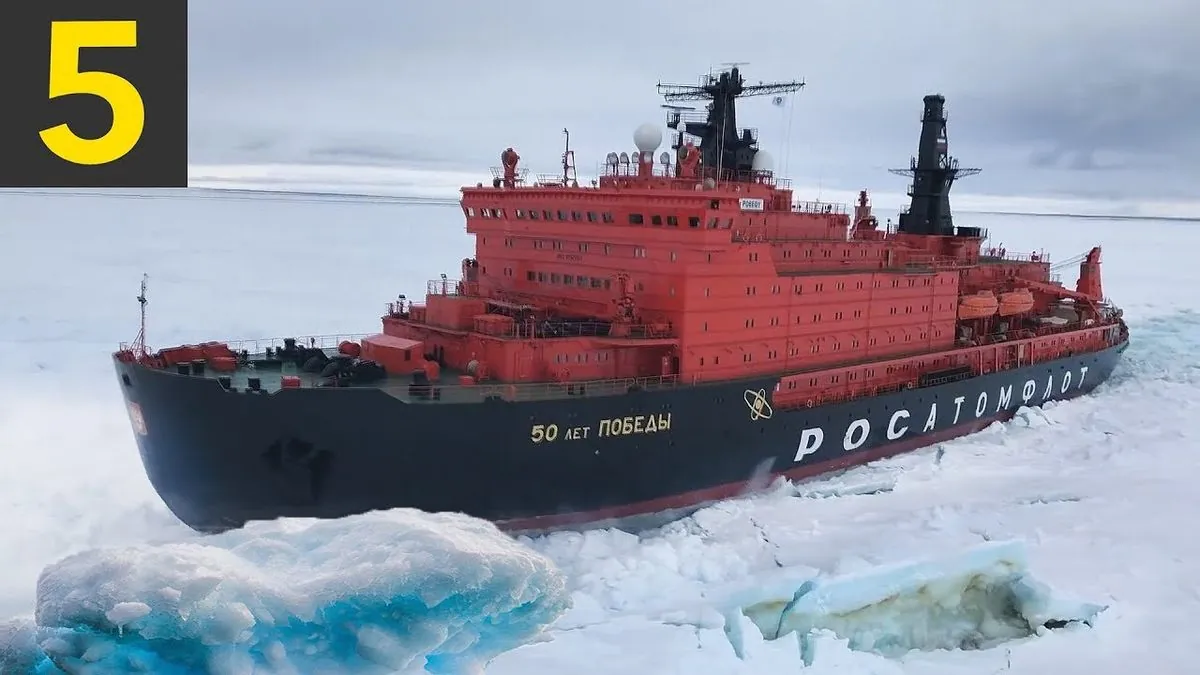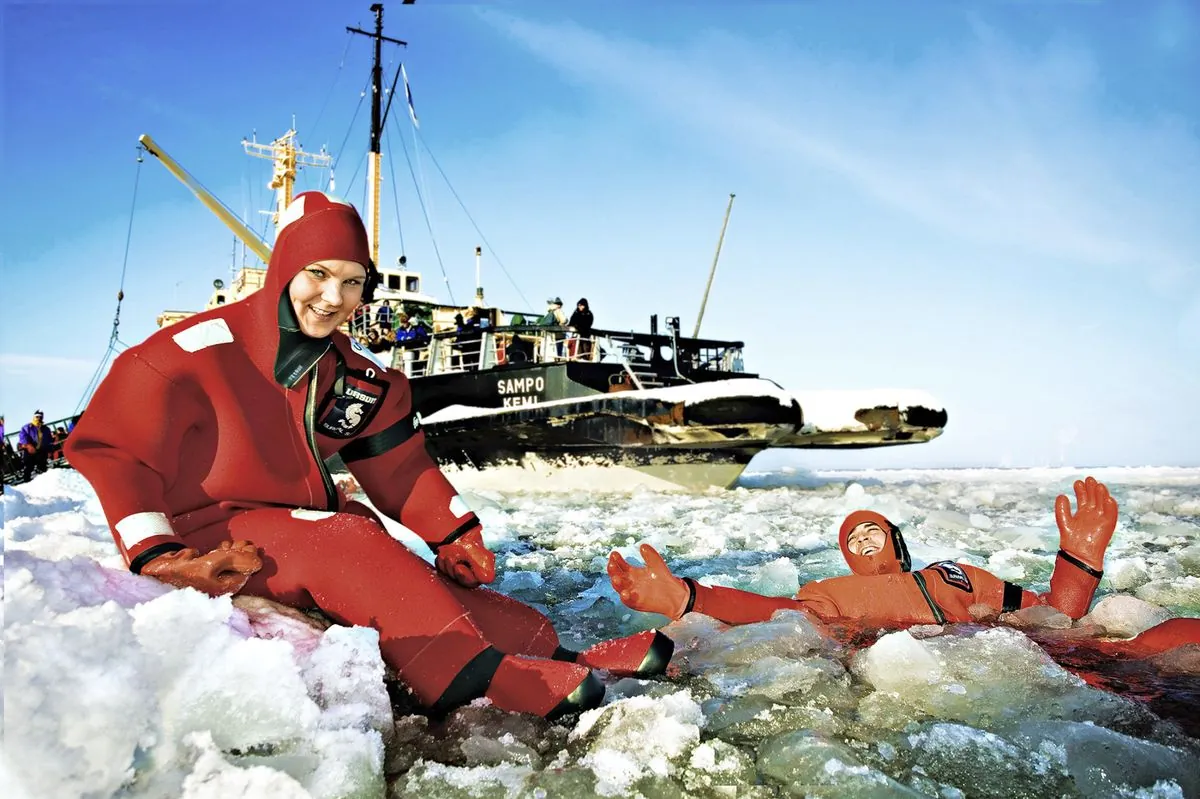Arctic Thaw Sparks Icebreaker Race Amid Geopolitical Tensions
As Arctic ice recedes, demand for icebreakers surges. The US, lagging behind Russia and China, forms new alliances to boost capabilities. Meanwhile, Western sanctions target Russia's Arctic ambitions.

The rapid warming of the Arctic, occurring at a rate four times faster than the global average, has led to a paradoxical surge in demand for icebreakers. These specialized vessels are becoming increasingly crucial in a region where melting ice is opening new opportunities and challenges.
Russia and China have been expanding their Arctic presence, with Moscow boasting a fleet of numerous icebreakers, including nuclear-powered ones. In contrast, the United States currently operates only one heavy icebreaker, the Polar Star, built in the 1970s, and one medium icebreaker, the Healy, constructed in the 1990s.
To address this capability gap, the US has joined forces with Arctic NATO allies Canada and Finland in the Icebreaker Collaboration Effort (ICE Pact). Announced in July 2023, this initiative aims to boost Western icebreaker production. Finland, having built more than half of all icebreakers globally, brings significant expertise to the partnership.

However, the US faces considerable challenges in icebreaker construction. Despite its prowess in building complex vessels like nuclear aircraft carriers, the nation has struggled to produce new icebreakers for decades. The ICE Pact seeks to leverage Finnish and Canadian expertise, but questions remain about its implementation and effectiveness.
The Arctic holds immense strategic importance for Russia, with President Vladimir Putin updating ambitious plans for the region in 2020. These plans focus on tapping Arctic resources and developing the Northern Sea Route (NSR) as a major shipping lane. In 2023, the NSR shipped 36 million metric tons of cargo, a fraction of what the Suez Canal handles in a week.
Western nations have adopted a strategy of targeting Russia's Arctic vulnerabilities through sanctions. Recent measures have focused on disrupting Russian LNG production and export capabilities in the region. In late August 2024, the US imposed sanctions on Russia's LNG shadow fleet, aiming to further impede Arctic energy exports.
"We are pressuring Russia with economic tools in the Arctic, which is a cost-effective means of pursuing our goals. Russia's icebreaker fleet is all about energy exports to Asia. That's why the sanctions are smart."
As the geopolitical landscape in the Arctic evolves, the focus shifts from merely building more icebreakers to strategically limiting the effectiveness of those operated by rival nations. The outcome of this approach could significantly impact the future of Arctic development and international relations in the region.


































